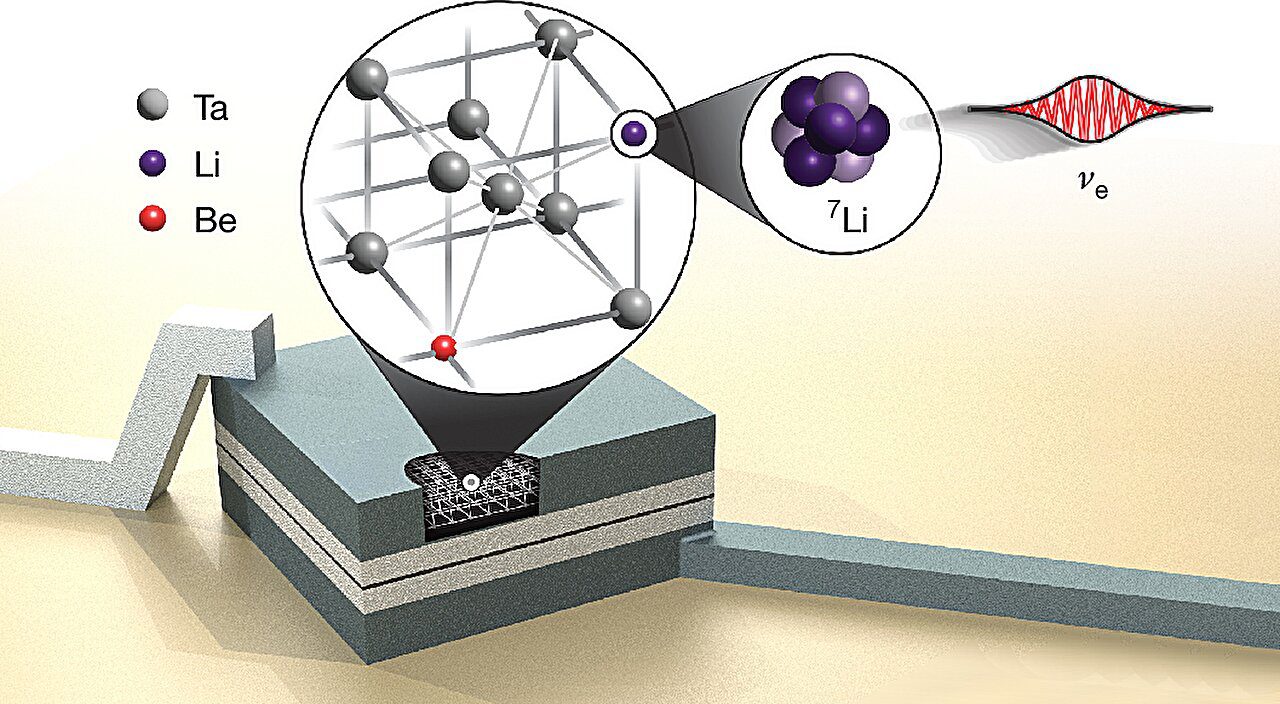

A global collaboration of physicists has successfully determined the size of a specific type of neutrino with remarkable accuracy. Their findings have been detailed in a study published in the journal Nature, which outlines the experiments conducted to investigate the radioactive decay of beryllium.
Neutrinos are incredibly light subatomic particles, exhibiting a near-zero mass and only a half-integral spin. They interact very infrequently with normal matter. To date, researchers have identified three varieties of neutrinos, each associated with a specific particle: electron, muon, and tau. Interest in neutrinos has surged in recent years, as a deeper understanding of these particles could shed light on the imbalance of matter and antimatter in the universe.
One fundamental question about neutrinos revolves around their size. This knowledge is crucial for designing effective neutrino detectors. Presently, these detectors tend to be large, accounting for what is believed to be the maximum theoretical size of neutrinos—comprising several meters—despite the belief that their actual size is smaller. In this recent study, the research team utilized beryllium to estimate the size of an electron-associated neutrino.
The experiments focused on radioactive decay in beryllium, which transforms into lithium. During this decay, an electron from a single atom merges with a proton, forming a neutron and ultimately a lithium atom. This process releases energy, propelling the lithium atom in one direction and the emitted neutrino in the opposite direction. By initiating the process in a particle accelerator and employing highly sensitive neutrino detectors along the pathways, the researchers could track the momentum of the lithium atoms and calculate the neutrino’s size based on these measurements.
The results indicated that these neutrinos measure at least 6.2 picometers, making them significantly larger than a typical atomic nucleus. The researchers attribute this increase in size to the unique properties of neutrinos; they are not comprised of discrete particles but are instead described as fuzzy waveforms whose movement results from their vibrations. Their size is gauged by identifying the outer limits of their wave packets, which are the most vibrantly oscillating portions of their wave functions.
For more details:
Joseph Smolsky et al, Direct Experimental Constraints on the Spatial Extent of a Neutrino Wave Packet, Nature (2025). DOI: 10.1038/s41586-024-08479-6
© 2025 Science X Network
Citation: Measuring the Size of a Neutrino: Physicists Suggest It’s Considerably Larger Than an Atomic Nucleus (2025, February 13) retrieved February 13, 2025 from https://phys.org/news/2025-02-size-neutrino-physicists-considerably-larger.html
This document is subject to copyright. Except for fair dealing for the purpose of private study or research, no part may be reproduced without written permission. The content is provided solely for informational purposes.









